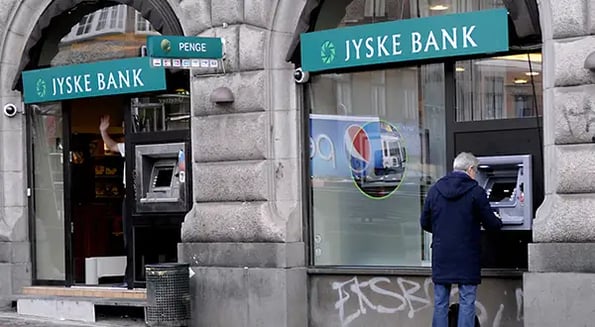In Denmark and Switzerland, banks are offering customers negative interest rates, meaning that consumers will actually have to pay to put their money in the bank, reports the Washington Post.

It all started with that gosh dang inverted yield curve
You’ve probably already heard the bad news: The yield curve inverted.
That means bond buyers are betting the value of Treasury bonds will decrease — a sign that a recession is coming. Since people are worried about a recession, they’ve stopped borrowing money from banks.
Banks don’t like that — after all, lending money is how banks keep the lights on — so they’ve lowered the cost of borrowing (the interest rate) to get people spending again. Some banks — like Jyske Bank in Denmark — are even paying people to borrow money.
But paying people to borrow is expensive, and banks need to make up for that lost revenue somehow… and that’s why Jyske and others are making people pay to put their money in the bank.
So, what does this mean for the global economy?
In the short term, it means Denmark’s gonna get weird (some Danes are already paying back less than what they borrowed to buy their houses thanks to negative interest rates on their mortgages).
The rest of the world — which has normal, positive interest rates — should stay right-side up… for now, anyway.
But if these bizarre banking programs don’t get Danes spending, a global recession could result — and other countries could turn topsy-turvy, too.
